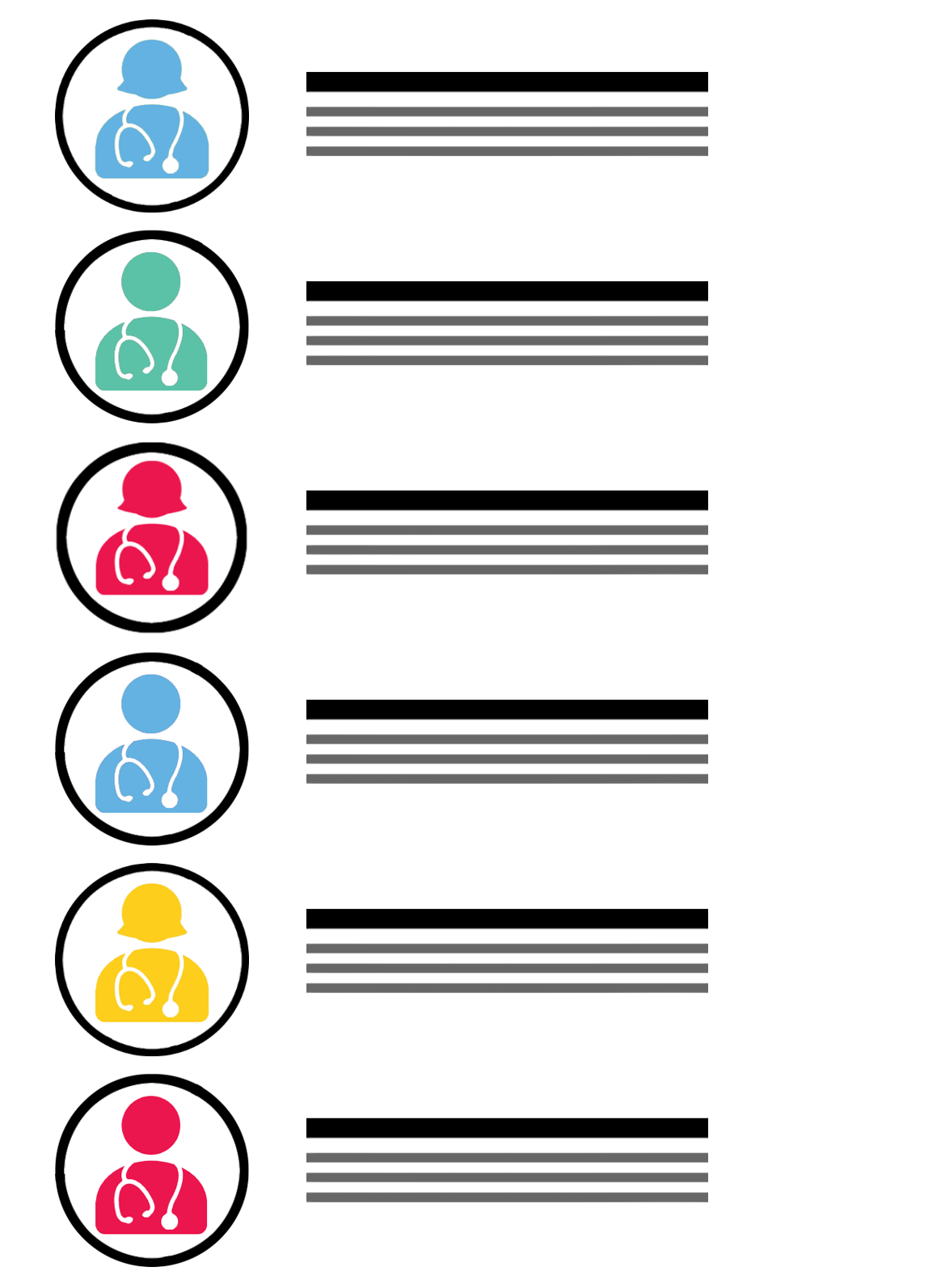Modifier 26 for Workers’ Comp Professional Services

Modifiers play a vital role in California workers’ compensation billing. But for all the value they add in allowing providers to more precisely specify the services rendered, modifiers also add something else: another layer of complication.
As any workers’ comp professional can tell you, complication equals potential friction. That’s why it’s so important to know when to apply (and when not to apply) modifiers. One modifier on which providers often stumble is Modifier 26 for the professional component of a medical service.
Many medical services have both a technical and professional component, especially diagnostic services like X-rays, CT scans, and other imaging services. While a technician is responsible for operating the relevant equipment to obtain the diagnostic information, a physician or other professional must read and analyze the information the technician acquired.
When it comes to billing, it’s often necessary to distinguish the technical service and the professional service for the purpose of reimbursing those services separately.
Modifier 26: An Example
To use the example of an X-ray, a single provider office may conduct both the technical and professional components of the X-ray service. In that case, the bill would include the appropriate procedure code without modifiers. Reimbursement for the unmodified code would reflect payment for both the technical and professional aspects of the service combined.
In other cases, however, the technical and professional components of an X-ray may occur at separate offices. A technician at an imaging center may operate the X-ray machine and produce the image, while the primary treating physician reads the image and documents the results.
In such a case, the technical and professional components must be billed separately. The provider obtaining the image should bill using Modifier TC (Technical Component), while the provider reading the image should apply Modifier 26.
Previously Read Images
Importantly, a physician may wish to view X-rays that a different physician previously read. In such a case, only the first provider who initially read the X-ray may apply Modifier 26. Subsequent providers who review the X-ray are conducting record review, not “reading” the X-ray for billing purposes.
Bottom line: as far as the Official Medical Fee Schedule (OMFS) is concerned, a diagnostic image can only be read once. Secondary reviews of such images may qualify for as non-face-to-face prolonged services, billable with CPT codes 99358 or 99359, depending on the situation. Modifier 26, however, is inapplicable.
Providers, know the rules regarding modifiers, and bill accordingly. Doing so will help avoid time-consuming denials of payment and reduce the overall friction in your billing process.
The fastest, easiest way to determine the correct reimbursement for workers’ comp services? daisyBill’s OMFS Calculator, included with our Work Comp Wizard. Try it out today!
TRY THE WIZARD
DaisyBill provides content as an insightful service to its readers and clients. It does not offer legal advice and cannot guarantee the accuracy or suitability of its content for a particular purpose.



.gif)
